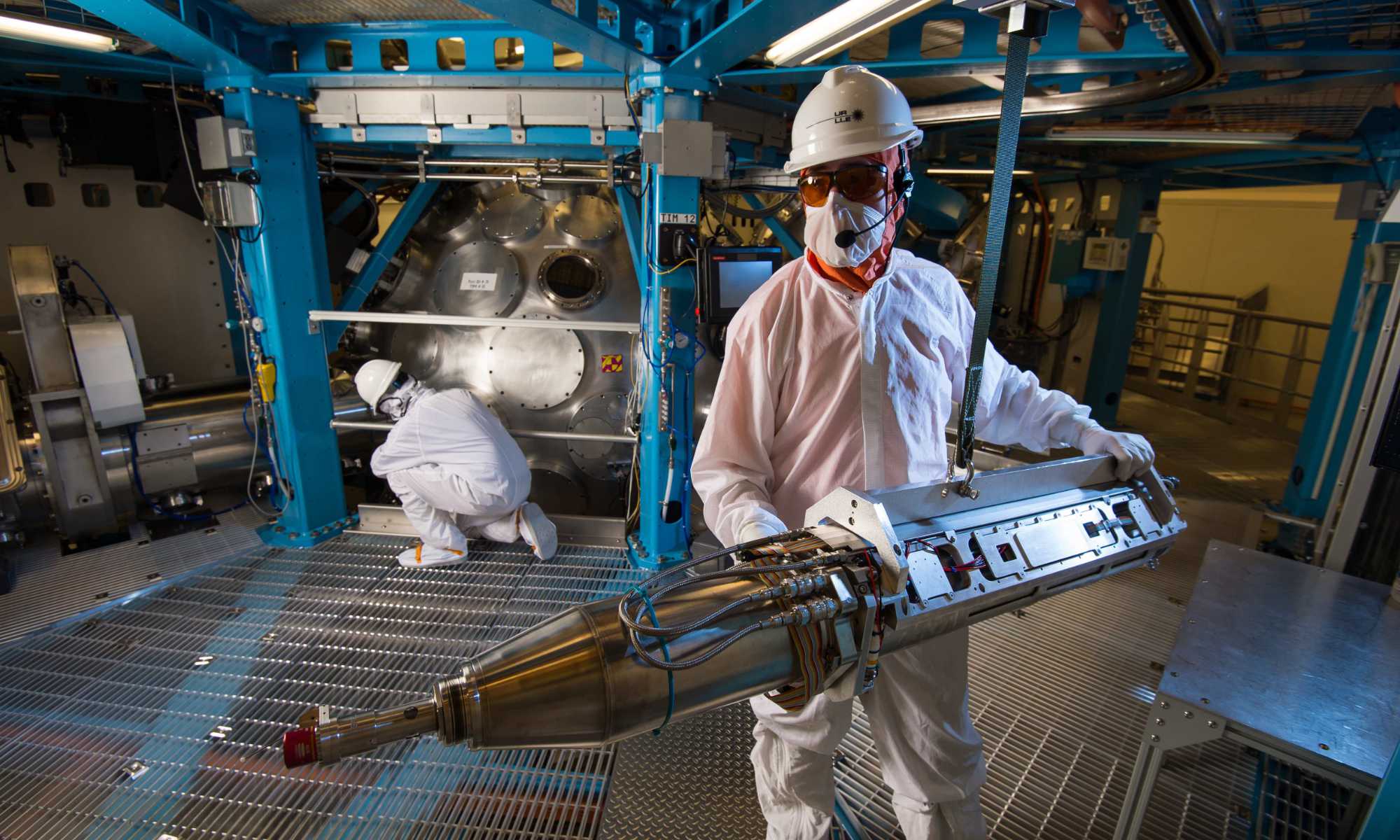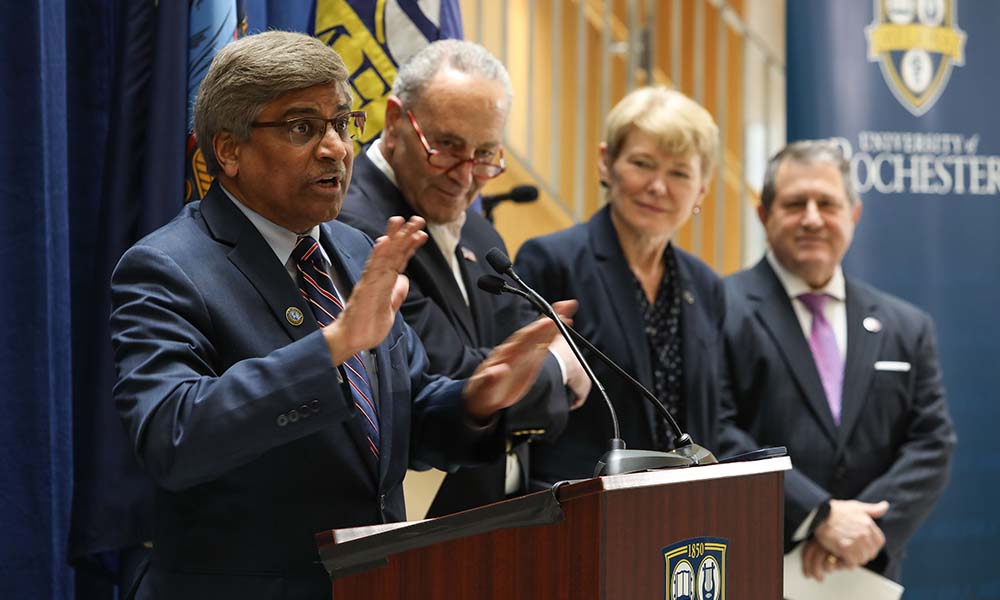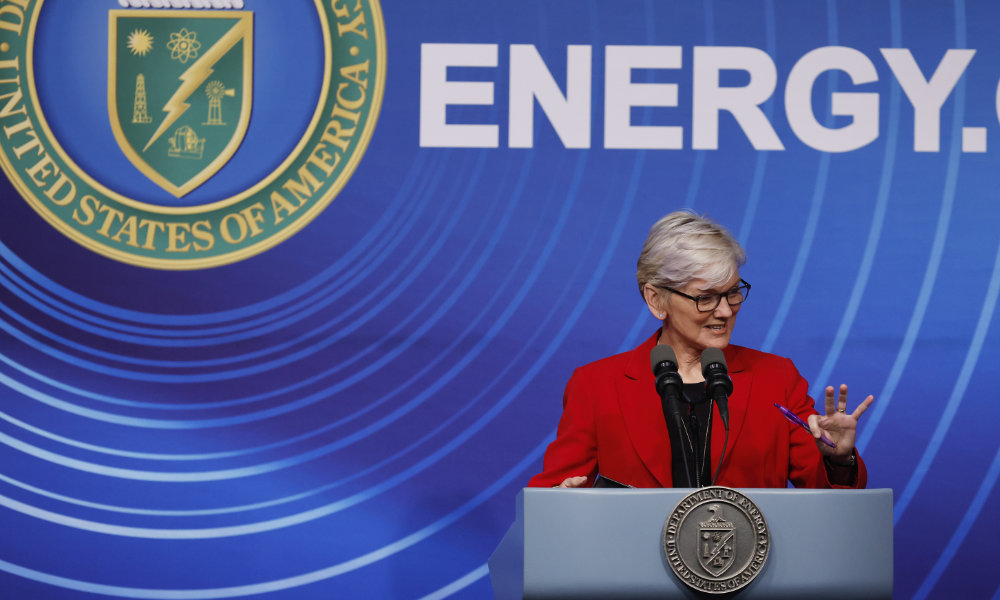The National Science Foundation initiative recognizes STELLAR’s contributions to growing the region’s laser workforce.
Editor’s note: The story below was initially published on May 11, 2023. It has been updated and republished to reflect the NSF’s announcement of semifinalists in the second NSF Regional Innovation Engines competition.
The National Science Foundation Regional Innovation Engines (NSF Engines) program—which spans critical technologies and applications—has announced the semifinalists advancing to the next stage of the second competition. Among them is the University of Rochester’s STELLAR (Science, Technology and Engineering of Laser and Laser Applications Research) project.
STELLAR is focused on building partnerships to advance laser technologies, education, company creation, manufacturing, and workforce development in Rochester and the Finger Lakes region. Investing in these critical areas could help recapture national competitiveness and strengthen US security while growing and sustaining the region’s economy.
NSF is now conducting assessments to select the finalists that will receive awards. In addition to Rochester, New York State is represented by two additional semifinalists. The agency anticipates announcing the final list of NSF Engines awards in early 2026.
Planning grant leads to semifinalist status
In 2023, NSF awarded the University of Rochester a $1 million Regional Innovation Engines Development Award grant to begin developing the next generation of lasers. Leading the effort is Thomas Brown, the director of the Institute of Optics, and Jonathan Zuegel, a professor of optics and a distinguished scientist at the Laboratory for Laser Energetics.
As part of the planning grant, the researchers have brought together a variety of institutional, industrial, and business partners to establish an innovation and economic hub built around laser science and technologies.
“Rochester has a rich history of innovation and education when it comes to optics, photonics, and imaging technology, in large part because of the creative, academic, and research environment at the University of Rochester, RIT, and MCC,” says Brown. “STELLAR promises to continue this legacy by growing an advanced laser and optics ecosystem that will provide educational and economic opportunities for many future generations.”
Laser products are essential in a wide range of fields, including manufacturing, communications, inspection, environment sensing, defense, and security systems. But as Brown and Zuegel note, the manufacturing and packaging of lasers are increasingly being carried out overseas. At the same time, there’s a shortage of skilled workers in the optics and photonics industry, according to the International Society for Optics and Photonics.
Given the city’s roots in optics and laser technology, Brown and Zuegel believe the Rochester region is well-positioned to help teachers from middle-school through all levels of college develop curricula that will enable students to learn skilled trades in laser systems. As a result, they expect the STELLAR Engine project to help nurture and grow a diverse workforce in the field of laser technology.
Additionally, the project is intended to create a manufacturing ecosystem for lasers. According to Brown and Zuegel, the region already has many of the key elements for such an ecosystem, including research and manufacturing components, laser components, packaging, science and engineering expertise, and related educational institutions.
Finally, the STELLAR Engine project is designed to provide research and development support for growing companies, thanks to the involvement of researchers from regional universities and industry. The ultimate objective of STELLAR is to make the US competitive again globally in this critically important field. If the initial stages of the project are successful, Brown and Zuegel will be able to apply for additional federal funding.
Launched by NSF TIP, the NSF Engines are intended to stimulate innovation-driven economic growth and advance US competitiveness in key technology sectors with priorities given to geographic regions that do not have well-established innovation ecosystems but have strong potential for growth. Rochester has been cited as a possible next-generation innovation hub by Jonathan Gruber, a professor of economics at the Massachusetts Institute of Technology. Additionally, the Brookings Institute’s “The Case for Growth Centers: How to spread tech innovation across America,” ranks Rochester as the fifth leading candidate to become a next-generation growth center. The Rochester and Finger Lakes region is also home to the most optics, photonics, and imaging (OPI) patents in the nation and is ranked first per capita, with 95 percent of OPI patent holders still in Rochester.





